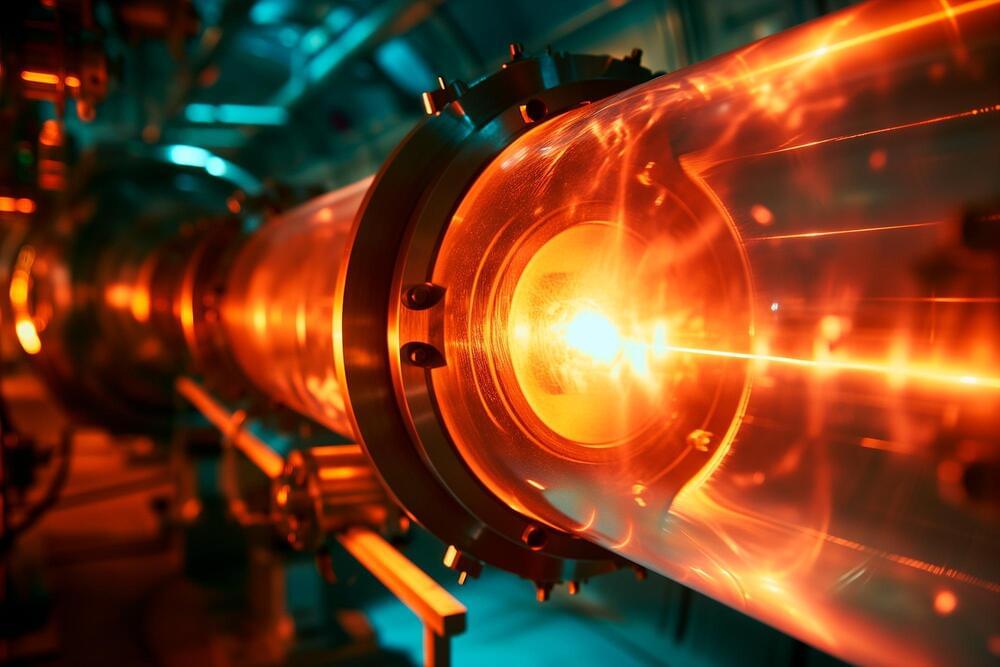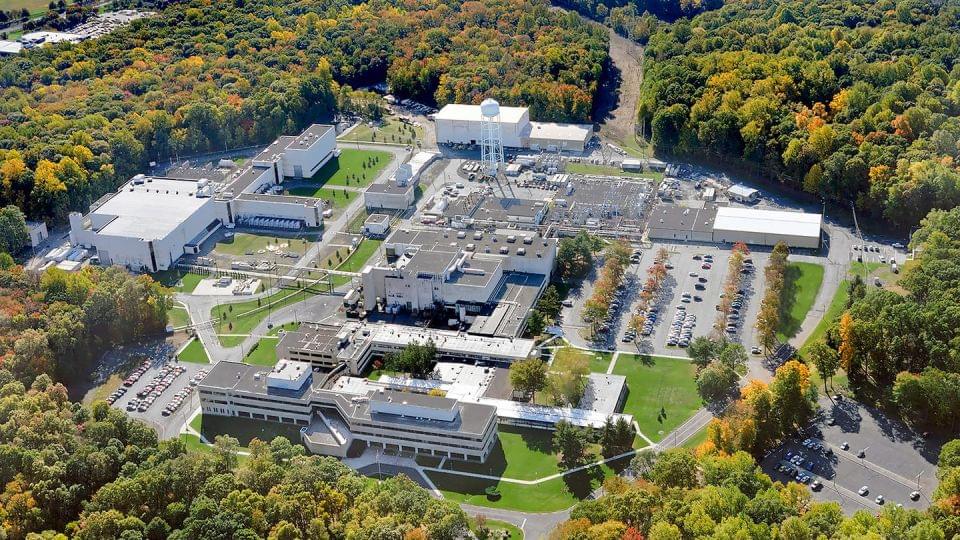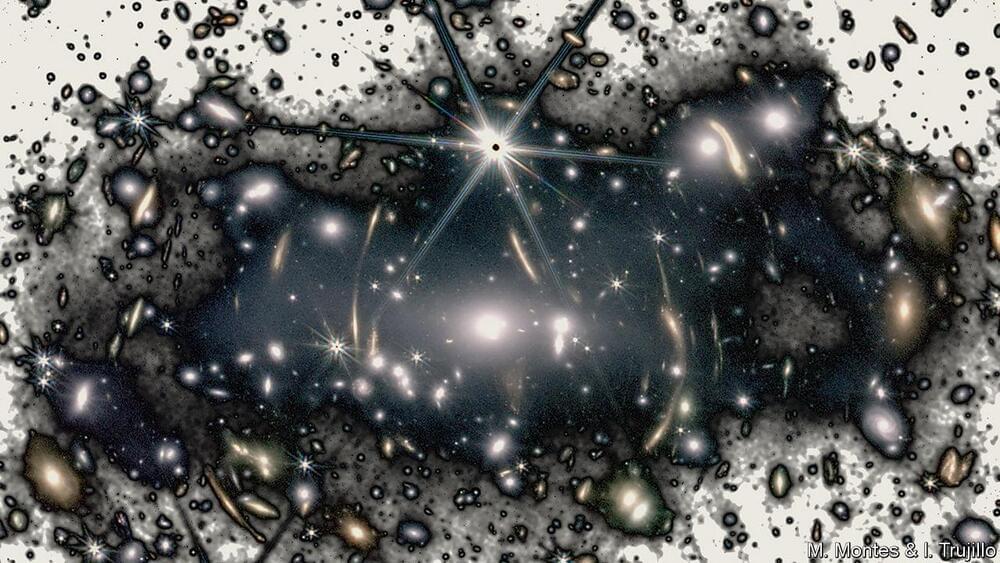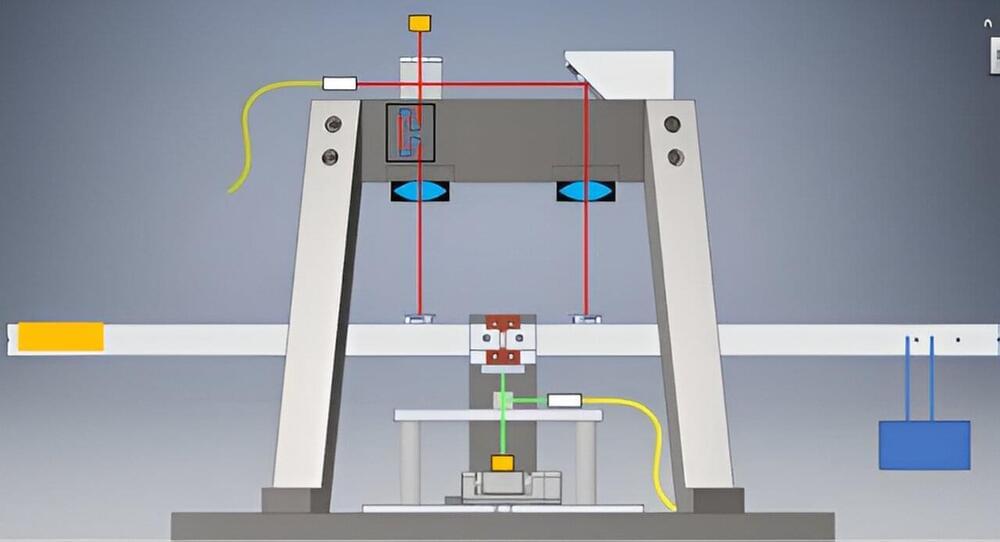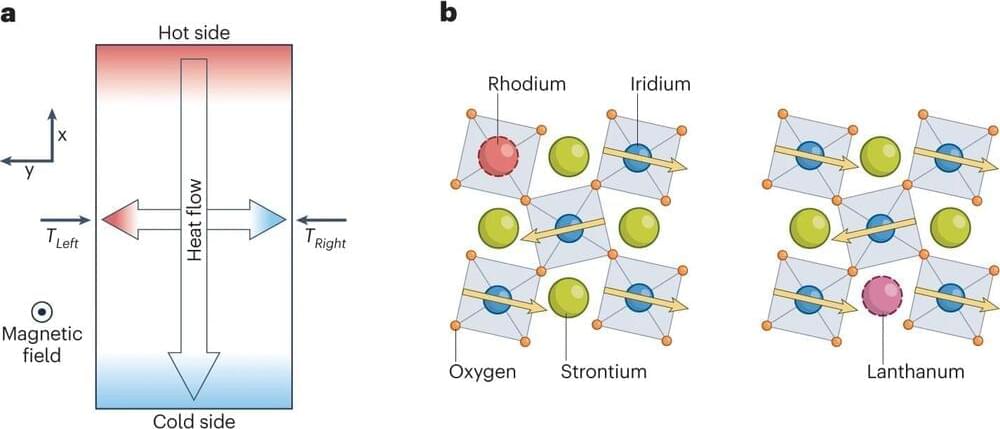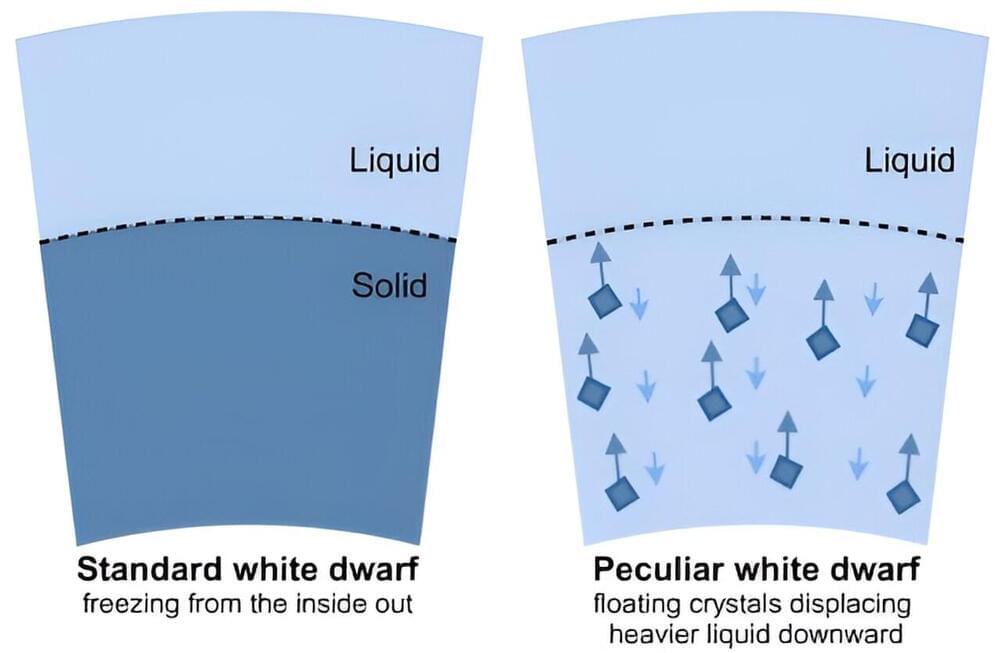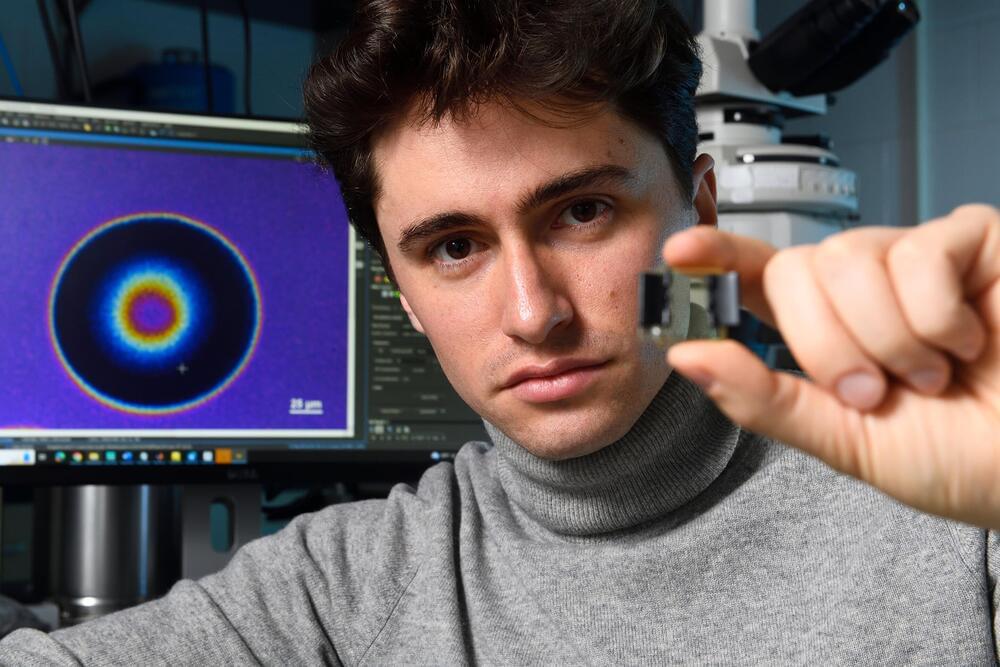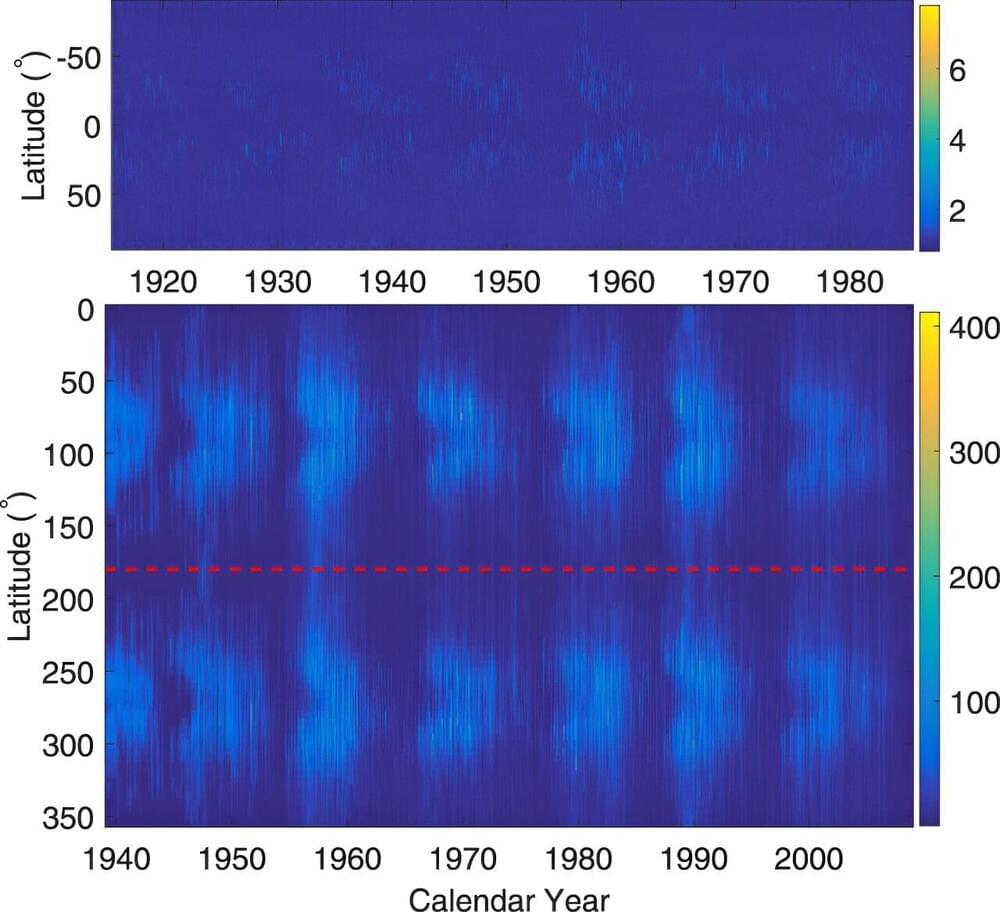Mar 10, 2024
Ion Beams Unleashed: The Nanotechnology Game Changer
Posted by Paul Battista in categories: biological, nanotechnology, physics
The FIT4NANO project has mapped out the expansive applications and future directions of focused ion beam technology, emphasizing its critical role in advancing research and development across multiple disciplines, from microelectronics to life sciences.
Processing materials on the nanoscale, producing prototypes for microelectronics, or analyzing biological samples: The range of applications for finely focused ion beams is huge. Experts from the EU collaboration FIT4NANO have now reviewed the many options and developed a roadmap for the future. The article, published in Applied Physics Review, is aimed at students, users from industry and science as well as research policymakers.
Discovery and Applications.
